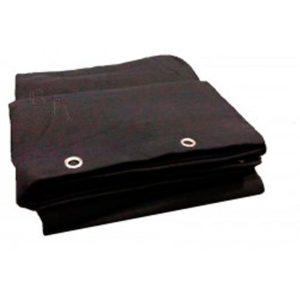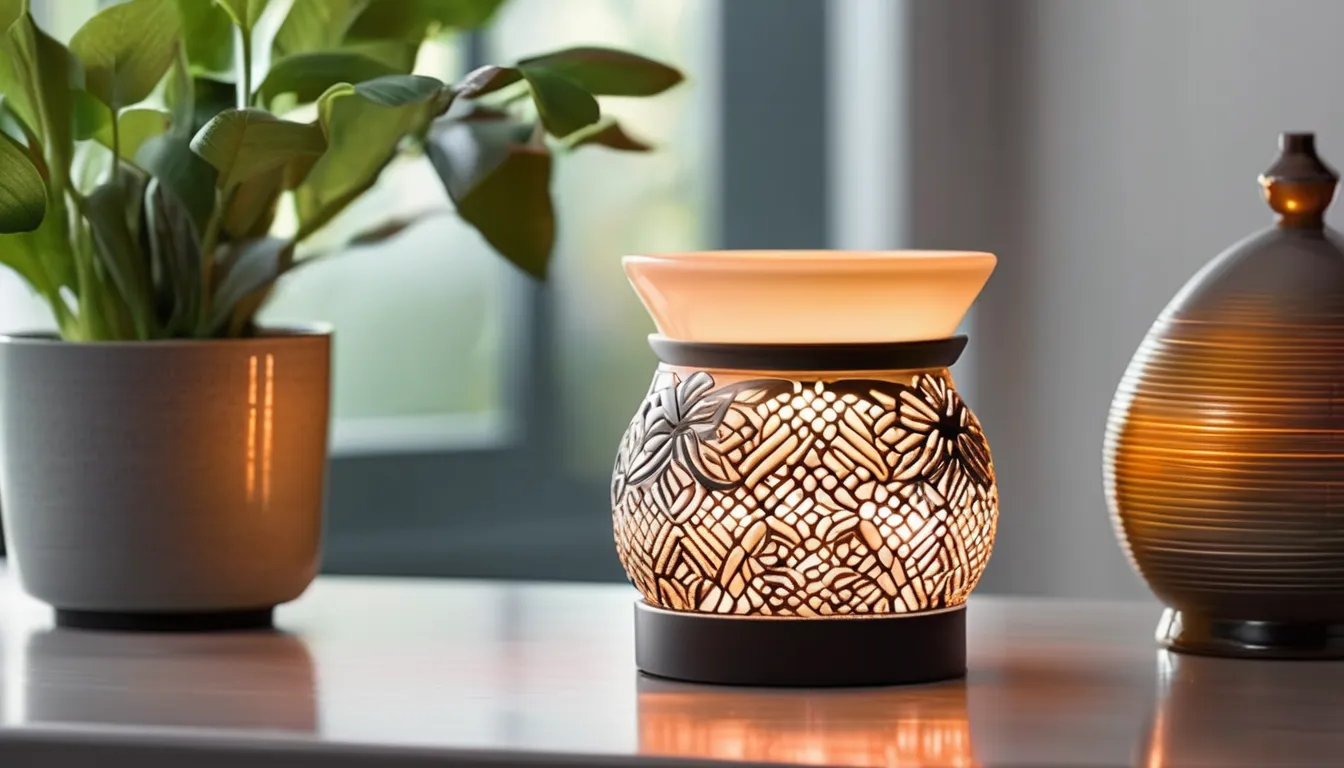When you think about stage production, you might overlook the significance of quality theater curtains, but their role is far more critical than you realize. These curtains not only frame the performance but also shape the audience’s entire experience through sound management and visual impact. By choosing superior materials, you can enhance both aesthetics and acoustics, leading to more immersive storytelling. Yet, there’s more to this than just looks and sound; understanding the full range of benefits can significantly influence your production’s success. What aspects should you consider to truly elevate your stage?
Role of Theater Curtains
Theater curtains play a crucial role in stage production, shaping the audience’s experience from the moment they enter the theater. They serve not just as a visual barrier but also as a signal that a performance is about to begin. When the curtains are drawn, you feel a sense of anticipation; it sets the tone for what’s to come.
Moreover, these curtains help manage the flow of the show. They allow for seamless transitions between scenes, providing a moment for the audience to absorb the story without distractions. When you see the curtains close, you know that something new is about to emerge, enhancing your engagement.
The material and color of the curtains can also influence your emotional response. Rich, dark fabrics might evoke a sense of drama, while lighter, brighter colors can create a more playful atmosphere.
In addition, theater curtains can help with acoustics, minimizing sound distractions and creating a more immersive experience. They effectively frame the stage, guiding your focus to the performers, ensuring that you’re fully captivated by the action unfolding before you.
Enhancing Stage Aesthetics
Curtains not only serve practical purposes but also significantly enhance the overall aesthetics of a stage production. When you choose the right curtains, you’re setting the visual tone for the entire performance. Their color, texture, and design can create a mood that resonates with your audience before the show even begins.
Imagine a rich, deep red velvet curtain that evokes drama and passion, or a sheer, light fabric that suggests elegance and grace.
The way curtains frame the stage also plays a crucial role. They draw the audience’s eyes to the action, guiding their focus where it needs to be. Well-designed curtains can act as a seamless transition between scenes, adding to the storytelling without distracting from it.
Moreover, the quality of the fabric affects how light interacts with the stage. A beautiful curtain can catch and reflect light in ways that enhance the overall visual experience, enriching the colors of costumes and set designs.
In short, investing in high-quality theater curtains isn’t just about function; it’s about elevating the entire production into a captivating visual feast that leaves a lasting impression.
Sound and Lighting Control
Controlling sound and lighting effectively can make or break a stage production. You need to ensure that every sound cue is perfectly timed and that the lighting complements the action on stage.
Quality theater curtains play a vital role in this process. They can absorb sound, reducing unwanted echoes and creating a more focused auditory experience for your audience.
When you adjust the lighting, you might find that the curtain’s color and texture affect how it interacts with various light sources. A well-chosen curtain can enhance the overall visual impact of your lighting design, helping to create mood and atmosphere.
Pay attention to the technical aspects, too. Ensure your sound system is set up properly, and test your microphones before each performance.
Poor sound quality can distract the audience and detract from the emotional power of the performance.
Audience Engagement Techniques
Often, engaging your audience can significantly enhance their overall experience in a stage production. You want to create a connection that pulls them into the world you’ve crafted.
Here are a few techniques to consider:
- Interactive Elements: Invite audience members to participate in scenes or decision-making, making them feel like part of the story.
- Visual Storytelling: Use striking visuals and dynamic movements on stage to captivate attention and evoke emotions, allowing your audience to experience the narrative deeply.
- Direct Address: Break the fourth wall by having performers speak directly to the audience, creating an intimate atmosphere that bridges the gap between the stage and the seats.
Investing in Quality Materials
Investing in quality materials is crucial for any stage production, as it directly impacts the visual and auditory experience of the audience. The right theater curtains can enhance the mood, support the storytelling, and provide necessary acoustics. When you choose durable, high-quality fabrics, you’re not just buying a product; you’re making a long-term investment in your production’s success.
Here’s a quick comparison to help you understand the benefits of investing in quality materials versus cheaper alternatives:
| Aspect | Quality Materials | Cheap Alternatives |
|---|---|---|
| Durability | Long-lasting | Prone to wear and tear |
| Visual Appeal | Rich colors and texture | Faded and dull appearance |
| Sound Absorption | Excellent acoustics | Poor sound insulation |
| Maintenance | Easy to clean | Often requires replacement |
| Cost-Effectiveness | Saves money over time | Higher long-term costs |
Conclusion
In conclusion, investing in quality theater telones de teatro is crucial for any stage production. They enhance the visual appeal, control sound and lighting, and elevate the audience’s experience. By choosing superior materials, you’re not just framing the performance; you’re creating an immersive environment that captivates your audience. So, when planning your next production, remember that those curtains play a vital role in storytelling and engagement—making them a smart investment for a memorable show.






